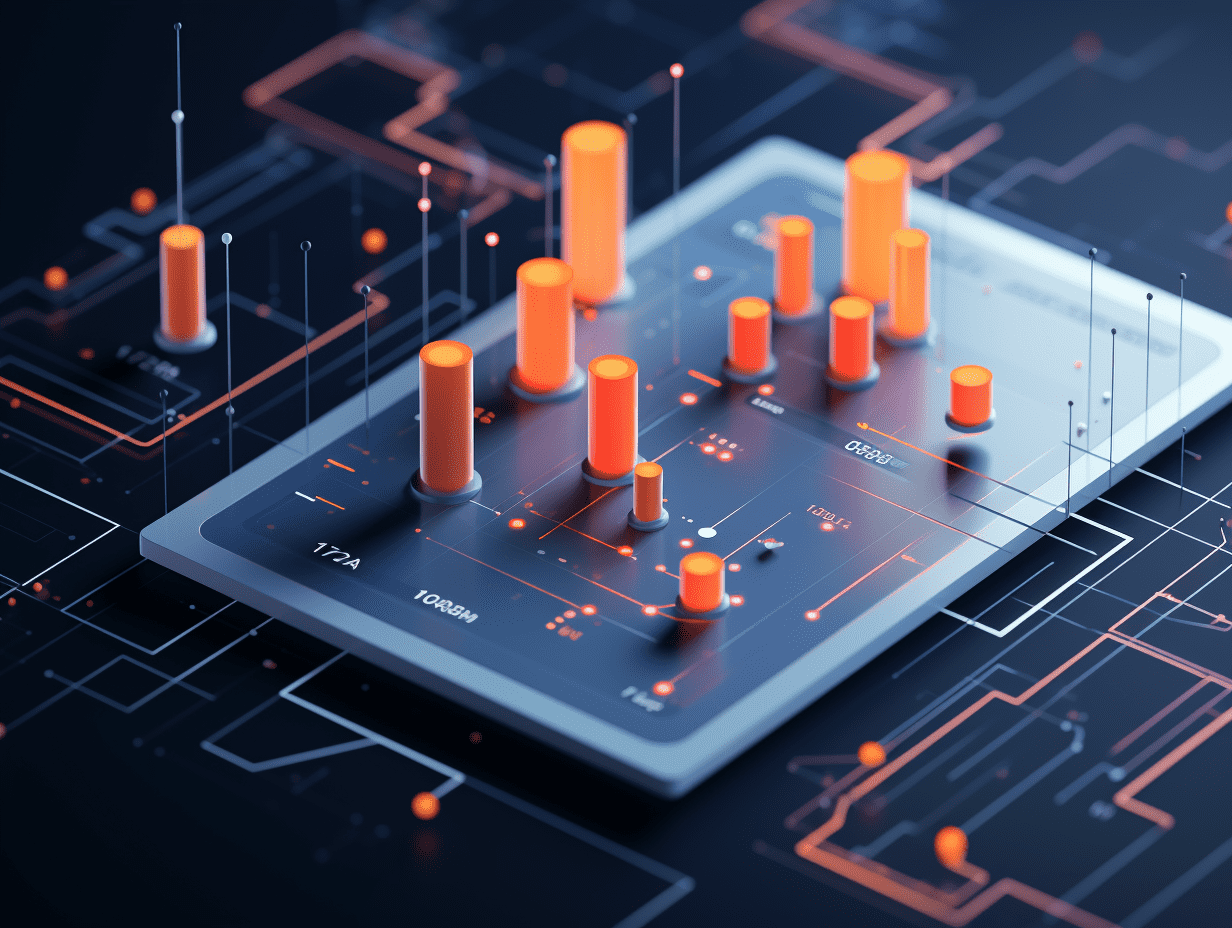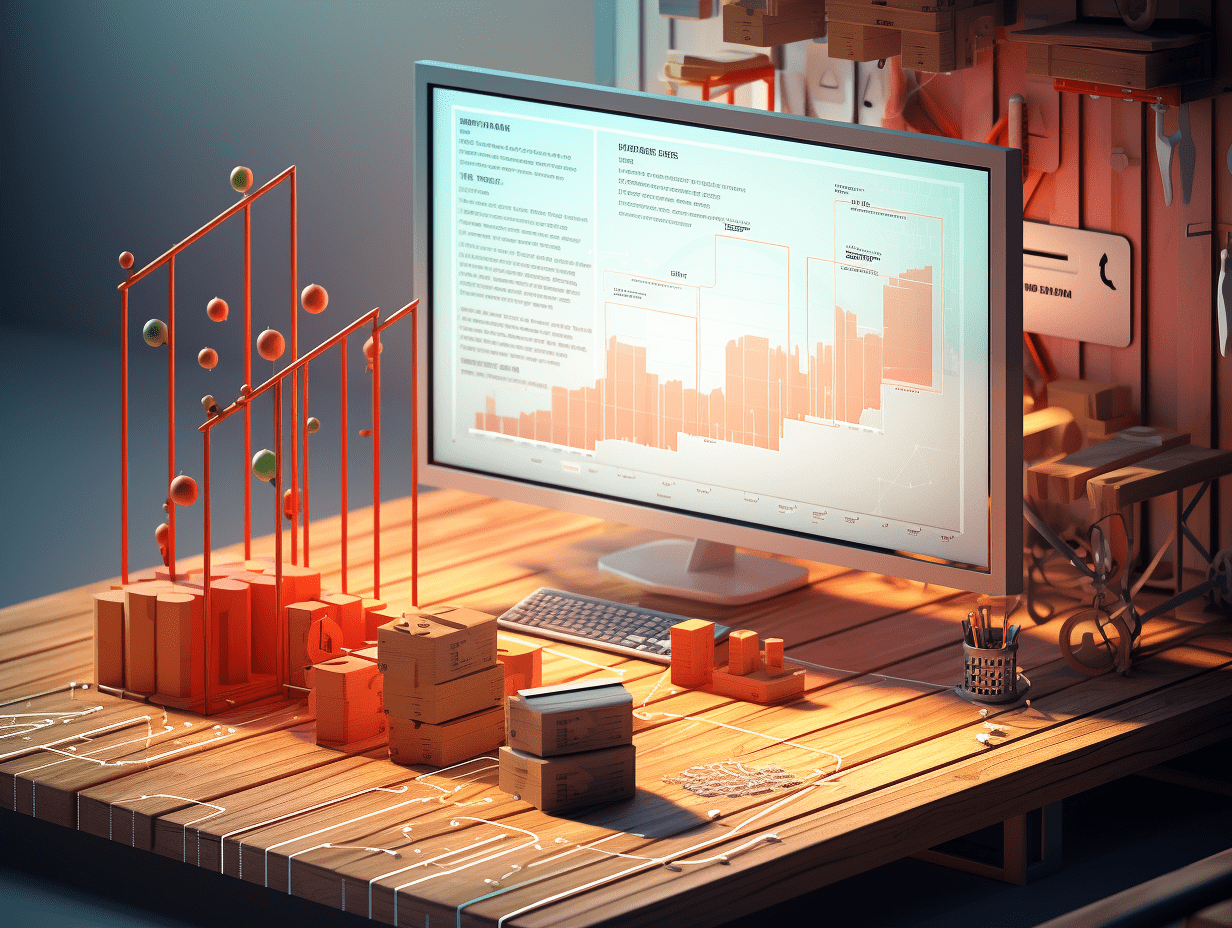The foreign exchange market worth 7.5 trillion USD is "cooling down"! Industry warning: Technological advancements are "killing" market volatility.
The advancement of electronic trading technology may be suppressing volatility in the foreign exchange market, making sustained dramatic fluctuations a thing of the past.
Progress in electronic trading technology may be suppressing volatility in the foreign exchange market, making continuous sharp fluctuations a thing of the past. This was the view of some participants at this week's annual industry gathering in Barcelona. At the event, the increasing impact of automation and algorithmic trading became a hot topic. Some warn that the lack of significant volatility could lead to market makers withdrawing, as making a profit becomes increasingly difficult.
At the time of these statements, the daily trading volume in the foreign exchange market, which reaches $7.5 trillion on average, has dropped to its lowest level in a year, turning the market turmoil triggered by US trade tariffs in April into a minor incident in a long-term downward trend. Although traders may welcome large market volatility, a more stable market environment may be beneficial for asset management companies and companies seeking to hedge risk.
"The ability of market volatility to shrink is growing exponentially." said Gordon Noonan, head of Forex trading at Schroders Global. He pointed out that the market response after the release of US non-farm payroll data is evidence of the "crazy" development of electronic trading. "Previously, price fluctuations would last a long time, but now they can return to normal levels within 30 seconds."
This change has made the foreign exchange market a unique area in the global market, contrasting sharply with the significant fluctuations in stock and bond markets, despite the presence of numerous economic and geopolitical risks.
This calmness is reflected in many aspects. The daily volatility of the Euro is less than half of its long-term normal levels, while the volatility of US Treasury yields almost completely aligns with historical trends. Bloomberg's market impact monitor also shows that the foreign exchange market has a calmer reaction to significant economic data recently compared to the US Treasury market.
Reduced volatility in the foreign exchange market stands in stark contrast to other markets. Noonan said, "A few years ago, we used to experience a 'flash crash' from time to time. This situation no longer exists." He believes that professional foreign exchange traders may no longer be necessary. "Today's market is extremely efficient in assessing risks and pricing."
However, the significant decrease in volatility in the foreign exchange market recently has left some puzzled, as they believe it does not align with the macro background. At the TradeTech Forex conference in Barcelona, explanations given include the lack of emotional machines replacing human traders, and the decreasing number of participants making large directional bets.
Some believe that the lack of volatility is rational, as interest rates in many developed markets have been declining, especially after the Federal Reserve's decision to cut interest rates on Wednesday, further fueling this trend.
John Rothstein, Chief Operating Officer of Optiver, said, "As major central bank policies become increasingly aligned, this will obviously lower volatility in the forex market. Unfortunately, this situation was expected. It's just strange that it's different from certain other asset classes."
Attendees at the Barcelona conference are anxious because they are concerned that adopting similar trading technologies will have a "herd effect" on the market. Some believe that algorithms will develop almost identical pricing models and strategies.
However, a survey conducted by the London Stock Exchange Group shows that increasing investment in technology remains the top priority for forex companies this year. The survey found that these companies are increasingly using machines rather than hiring human labor to gain a competitive advantage in an increasingly automated market.
Torsten Schoeneborn, Co-Head of G-10 FX Trading at Barclays Bank, said, "This is the journey our industry has taken over the past 20 years - trading used to be entirely done manually. Now, as a trader, in many ways you are collaborating with a machine that executes a lot of trading work for you, and you just need to receive signals and make adjustments."
Related Articles

Bank of America: The bubble of the "seven giants" in the US stock market is still expanding! There is still room for further growth.

Important announcement! Pan Gongsheng, Li Yunze, Wu Qing, and Zhu Hexin will attend a heavyweight press conference next Monday.

National Energy Administration: A total of 1.878 billion green certificates were issued from January to August, with 1.277 billion tradable green certificates.
Bank of America: The bubble of the "seven giants" in the US stock market is still expanding! There is still room for further growth.

Important announcement! Pan Gongsheng, Li Yunze, Wu Qing, and Zhu Hexin will attend a heavyweight press conference next Monday.

National Energy Administration: A total of 1.878 billion green certificates were issued from January to August, with 1.277 billion tradable green certificates.

RECOMMEND

Three-Year R&D Spend Drains RMB 2.4 Billion, Urgent Cash Needs Drive Maiwei Biotech Back to Hong Kong Amid Compliance Scrutiny
18/09/2025

Why Generating Profit Remains Challenging for Lidar Companies
18/09/2025

SEC Adopts Landmark Rule to Restrict Shareholder Class Actions in Bid to Revive IPO Market
18/09/2025


